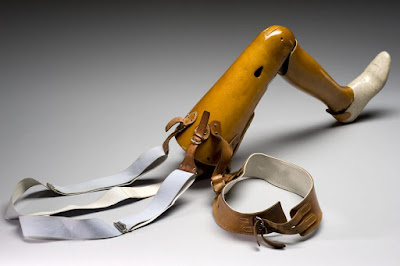A third anthology was to have included “stories based on titles the editor provided,” all of which “were. . . clichéd horror images.” This one, Little says, “never came to pass.”
According to Stephanie Bond, author of “Much Ado About Anthologies,” these collections “are assembled in various ways,” sometimes as the result of a group proposal by several authors, sometimes at the suggestion of an editor, sometimes as a way to test the marketability of an idea, and sometimes to capitalize upon a specific author’s unusual success. Usually, they come together because “editors formulate ideas for anthologies to fill holes they perceive in the market.”
I submitted a story for an anthology myself. It (the anthology, but my story also) concerned animals. My story was accepted, but I declined the invitation, because it was to have appeared in an electronic magazine and the editor wanted to pay via PayPal. At the time, I preferred payments by check, the old-fashioned way.
Anthologies have a common theme, of course, provided by a timely or evergreen topic, a holiday, an intriguing situation, or any other reasonably good excuse for a score or more (or fewer) stories by the same or different authors of the same genre.
Were you yourself to publish a horror anthology, what short stories would you include? Your list could indicate not only your own interests in the genre, but also some of the narrative themes, writing techniques, and stylistic approaches your choice of stories represents, especially if you write a brief headnote to introduce each story.
My own imaginary anthology is an eclectic one, featuring some better-known and some lesser-known stories by well-known authors. A few might be by famous people who aren't known for writing chillers and thrillers, but who have written some admirable tales of terror and suspense, and a few others might be written by relatively unknown authors or by authors who are relatively unknown, at least, to most American readers.
In alphabetical order (by author's name), here's the list of the candidates I'd likely include, some of which might stretch the traditional definition of “horror story”:
The color of “the damned thing” is the source of horror in this story about a creature never seen before among humanity. (You might also enjoy my two-part commentary on the story, “The Damned Thing": Bierce's Exercise in Existential Absurdity.”)
Bierce, Ambrose: “A Tough Tussle”
This story shows what the Civil War was like, up close and personal, for the men who fought it. It's a haunting tale in which death stares the living in the face.
A childlike man has trouble fitting in, relying on bodybuilding and fantasy to get him through the day. His mother, with whom he lives, hopes his interest will be enough to sustain him—and to protect her. (You'll also want to read my analysis of this story, “'Heavy-Set': Learning from the Masters.”
When a woman learns her husband has been killed, his demise is a dream come true—or is it?
Similar to Stephen Crane's short story, “The Open Boat,” the former British prime minister's tale confronts a pleasure-seeker with the indifference of nature. (My analysis of this story, “'Man Overboard': Questioning Nature and Its Creator,” offers food for thought.)
Crane, Stephen: “The Open Boat”
Four men in a dinghy learn the lesson of their lives concerning their place in the cosmic scheme of things. (“Taking Away the Teddy Bear” provides insights concerning this story, “Man Overboard,” and other works.)
Based on a true incident, Dickens revisits the scene of a tragic railway accident, suggesting the incident might have had a supernatural cause.
We've seen Alfred Hitchcock's movie, but have we read the short story it's based on?
What secrets is dear old Emily hiding in her family's decaying mansion?
The wallpaper will give you the willies.
Jackson, Shirley: “Just an Ordinary Day”
At the end of the day, it's time to switch.
Before there were funeral parlors, bodies of the deceased were prepared by family members and laid out in the parlor, as in this story.
Her dark suspicions about God and religion don't save her from the traveling salesman with a morbid interest in her prosthesis.
A fool makes a fool of a sadistic king and his toadying couriers. (“'Hop-Frog': A Story of Reversals” investigates Poe's technique.)
A strange landscape. Rumors of vampires. A graveyard in the midst of a forest. A corpse revived. A werewolf. Military troops. This one has it all, including a note from the Count of Transylvania, soliciting assistance in the protection of his “guest.”
Rabindranath Tagore: “The Hungry Stones”
Visions of the dead have a hypnotic effect on tax collector.
The descriptions of an ironworks are extraordinary, as is this horrific tale of terror and revenge.
Influenced by Edgar Allan Poe, Wells offers an eerie tale of terror in a haunted castle, offering an explanation opposite that presented in the film adaptation of Stephen King's “1408.” Reading Tzvetan Todorov's analysis of the fantastic and its tendency to be resolved as either marvelous or uncanny helps in understanding the nuances of both this story and the film version of King's story.
Fortunately, for those who may want to read one or more of them, many are available, free, online, as the links embedded in their titles indicate, or may be checked out on loan from local public libraries.























